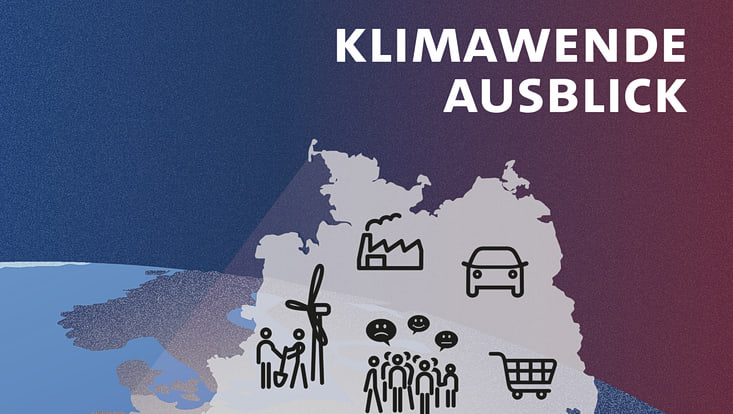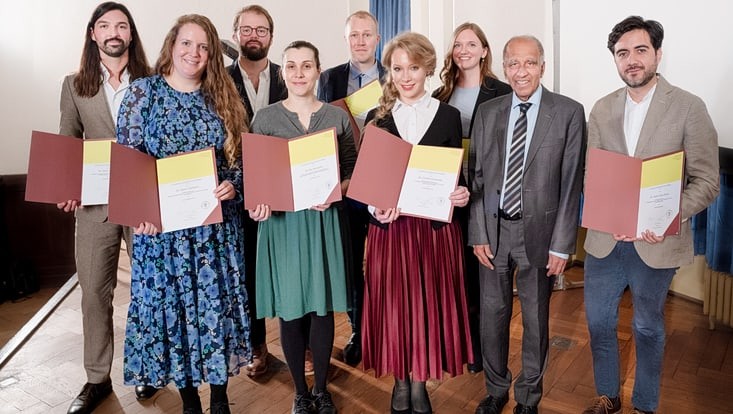and Society (CLICCS)
CLICCS QuarterlyWhat Matters Most Is Which Path We’re On
28 May 2021, by Ute Kreis

Photo: A.Siale/ unsplash
Strict climate protection measures, net zero emissions, or simply business as usual? When it comes to the future climate, there are a number of possibilities. But not all of them are plausible. For some developments, we lack the requisite know-how. For others, time is running out.
“We will have to actively remove greenhouse gases from the atmosphere if we want to achieve the Paris climate goals and limit global warming to two degrees,” says CLICCS Spokesperson Prof. Detlef Stammer. “Unfortunately, emissions aren’t declining quickly enough, which means that plants, forests and soils, our natural carbon sinks, aren’t enough. And the clock is ticking. As such, we also have to consider technological – large-scale technological – solutions.”

Solutions for which there are now concepts, but few established procedures. According to Stammer: “We’re calculating on the basis of technologies that we don’t even have yet, for instance, to remove relevant amounts of CO2 from the atmosphere. Therefore, it’s doubtful whether we’ll be able to use them in the next decade.” While it’s not completely impossible, he argues, it’s not plausible. However, the more investments are made, and the more corresponding laws are introduced, the more achievable the goal becomes: “What matters most is that the necessary framework conditions are met. They define which path we’re on.”
Further, the climate itself not only depends on the intensity of drivers like solar radiation and the amount of greenhouse gases in the atmosphere, but also fluctuates within certain limits, which are determined by the climate’s natural variability, and by fundamental laws of physics. Accordingly, some potential scenarios can be ruled out. For example, even if global warming accelerated rapidly, Greenland’s continental shelf couldn’t realistically suddenly melt. In reality, due to the enormous volume of ice involved, the process would still require a certain minimum time.
The real climate isn’t an average
As such, the future climate isn’t simply the average of all possibilities. Instead, it’s important to identify scenarios that are plausible – and to provide a basis for political decisions. “With our understanding of the climate system and the influence of human beings, but also natural variability, today we can better assess potential developments,” says Stammer. “At the same time, certain scenarios aren’t plausible, because the physical or social prerequisites can’t be met.”
CLICCS Quarterly
This article was published in the CLICCS Quarterly, in which the Cluster of Excellence presents current news from its climate research. Find full issue -> here.


